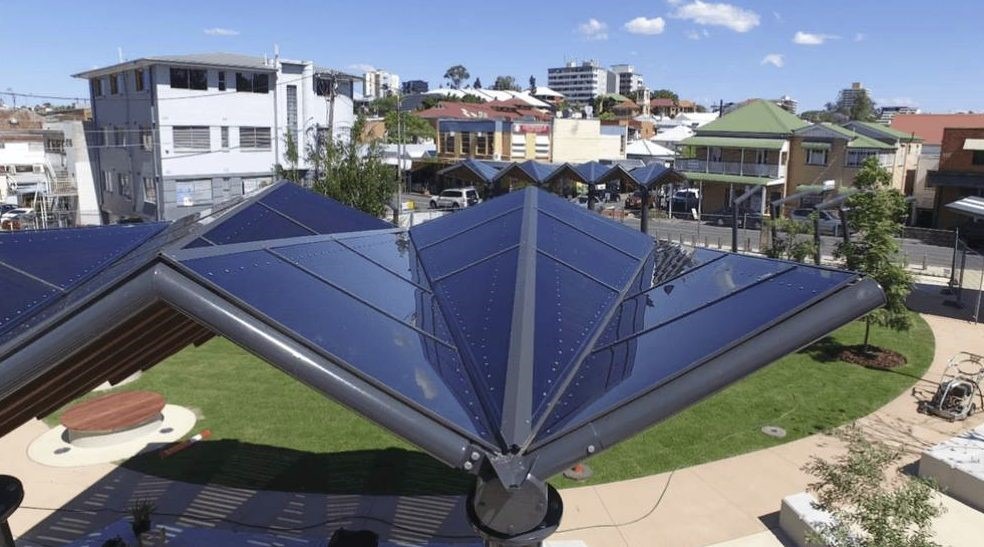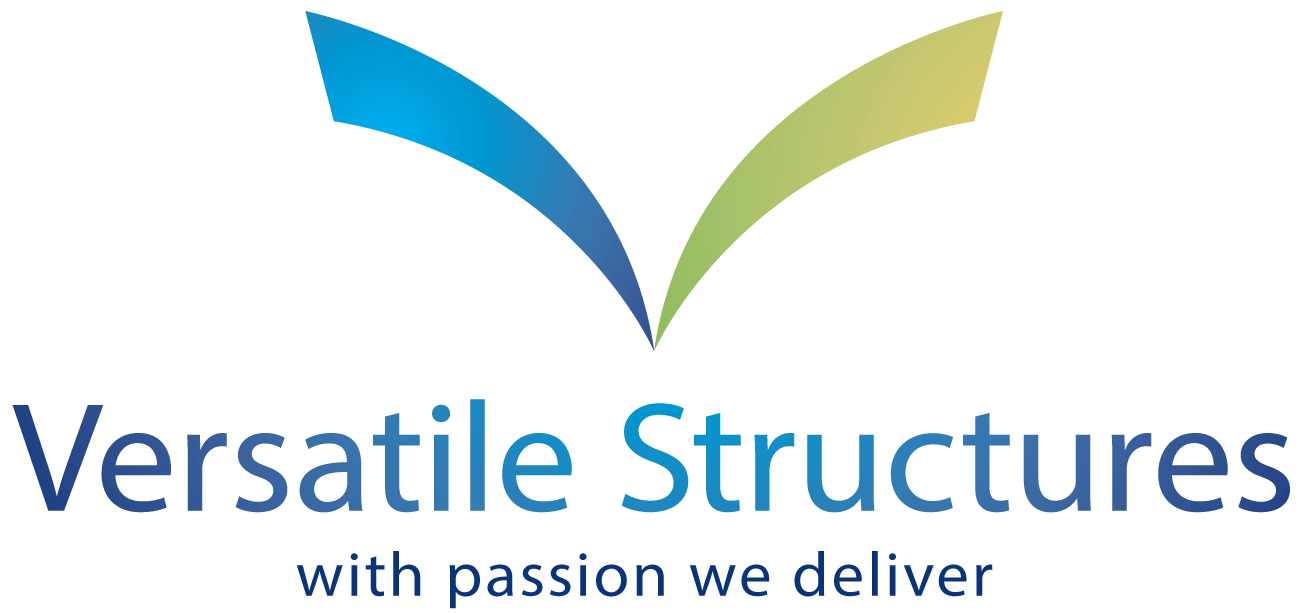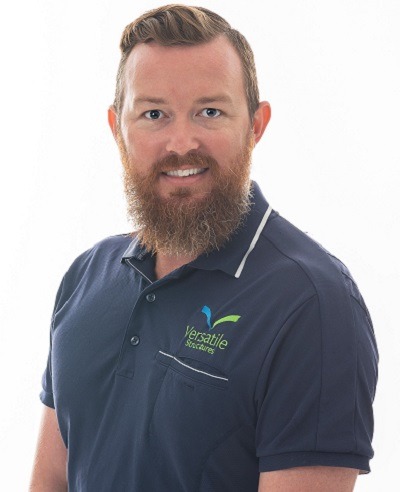YOU ARE HERE:

Polycarbonate Roofing: Pros, Cons, and Cost Comparison
Jamie Howard In Polycarbonate Roofing
When it comes to roofing materials, the choices seem almost endless. One option that has gained popularity in recent years is polycarbonate roofing. This versatile material offers a range of benefits, but like any other, it also comes with its disadvantages. In this article, we’ll explore the world of polycarbonate roofing, examining its drawbacks, comparing its cost to Colorbond, and discussing its longevity in comparison to other materials like Perspex. So, let’s dive into the world of polycarbonate roofing.
What is Polycarbonate Roofing?
Polycarbonate roofing is a type of translucent or semi-translucent roofing material made from polycarbonate, a strong thermoplastic polymer. It is known for its excellent durability, impact resistance, and transparency. Polycarbonate roofing is commonly used for a variety of applications, including residential and commercial structures such as skylights, greenhouses, patio covers, and even industrial buildings.
Advantages of Polycarbonate Roofing
Before delving into its disadvantages, let’s first highlight some of the advantages of using polycarbonate roofing:
- Durability: Polycarbonate roofing is highly durable and can withstand harsh weather conditions, including hail, heavy snowfall, and intense sunlight. It is also resistant to UV radiation, which means it won’t degrade or yellow over time.
- Lightweight: Polycarbonate roofing is significantly lighter than many other roofing materials, making it easier to handle during installation and reducing the structural load on the building.
- Thermal Insulation: Polycarbonate roofing has excellent thermal insulating properties, which can help regulate indoor temperatures and reduce energy consumption.
- Transparency: Its transparency allows natural light to pass through, reducing the need for artificial lighting during the day. This feature is especially beneficial for greenhouses and sunrooms.
- Versatility: Polycarbonate roofing sheets come in various colors, designs, and thicknesses, allowing for versatility in design and aesthetic appeal.
- Easy Installation: Installing polycarbonate roofing is relatively straightforward, which can save both time and labour costs.
Disadvantages of Polycarbonate Roofing
While polycarbonate roofing has many advantages, it also has some disadvantages that you should consider before choosing it for your roofing project:
- Scratches and Wear: Polycarbonate roofing sheets can be prone to scratching and surface wear, especially when exposed to debris and abrasive materials. Over time, this can affect their appearance and light transmission.
- Impact Resistance: While polycarbonate is generally impact-resistant, it may still crack or shatter upon significant impact. This is a concern in areas prone to falling branches or hailstorms.
- Flammability: Polycarbonate is not fire-resistant and may burn when exposed to open flames. If fire safety is a primary concern, other materials might be more suitable.
- Noise: Rain or hail can produce a higher level of noise on polycarbonate roofing compared to traditional roofing materials like metal or tiles. This can be an issue for some homeowners.
Is Polycarbonate Cheaper than Colorbond?
Comparing the cost of polycarbonate roofing to Colorbond roofing depends on various factors, including the specific type of polycarbonate and Colorbond materials used, installation costs, and the size and complexity of the roofing project. In general, polycarbonate roofing tends to be more cost-effective compared to Colorbond roofing.
Colorbond roofing is a premium steel roofing material known for its longevity and durability. It is more expensive upfront but often considered a long-term investment because it requires less maintenance and can last for several decades. Polycarbonate roofing, on the other hand, is less expensive initially and also has a relatively long lifespan, but it may require more frequent maintenance and replacement over time.
The choice between polycarbonate and Colorbond largely depends on your budget, project requirements, and long-term goals. If you have a limited budget and prioritize immediate cost savings, polycarbonate may be a more affordable option. However, if you can afford the upfront costs of Colorbond and desire a roofing material that requires minimal maintenance and offers superior durability, it may be a better choice in the long run.
How Long Do Polycarbonate Roofs Last?
The longevity of a polycarbonate roof primarily depends on several factors, including the quality of the material, the specific type of polycarbonate used, the local climate, and the level of maintenance. On average, high-quality polycarbonate roofing can last between 10 to 20 years or more. However, the following factors can influence the lifespan of a polycarbonate roof:
- Quality of Material: High-quality, UV-resistant polycarbonate sheets are likely to last longer than lower-grade materials.
- Climate: In regions with extreme weather conditions, such as heavy snow, strong winds, or prolonged exposure to intense sunlight, polycarbonate roofing may wear out faster.
- Maintenance: Regular cleaning and maintenance can significantly extend the lifespan of polycarbonate roofing. Removing debris and dirt, addressing any minor damages, and applying UV protective coatings can help preserve the material.
- Installation: Proper installation is crucial. If not installed correctly, the roofing may be more susceptible to damage and deterioration.
- Type of Polycarbonate: Some polycarbonate sheets are more robust and long-lasting than others, so the specific product chosen will impact its longevity.
Is Polycarbonate or Perspex Better for Roofing?
Polycarbonate and Perspex (also known as acrylic) are two distinct materials, each with its advantages and disadvantages when used for roofing. The choice between the two depends on your specific needs and preferences.
Polycarbonate:
- Advantages: Polycarbonate is highly durable, impact-resistant, and offers better thermal insulation than acrylic. It is UV-resistant, making it suitable for outdoor applications, and it is more flexible, allowing it to be curved or shaped for specific design requirements.
- Disadvantages: Polycarbonate can scratch more easily and may not be as optically clear as acrylic, which can affect its transparency over time.
Perspex (Acrylic):
- Advantages: Acrylic is optically clear and has excellent light transmission. It is highly resistant to scratches and maintains its clarity over time. Acrylic roofing is suitable for applications where transparency and aesthetics are critical.
- Disadvantages: Acrylic is more brittle and less impact-resistant than polycarbonate. It may not perform as well in extreme weather conditions and may require more frequent replacement.
In summary, if you prioritize durability, impact resistance, and thermal insulation, polycarbonate roofing is the better choice. On the other hand, if optical clarity and aesthetic appeal are essential, and you are willing to accept a potentially shorter lifespan and lower impact resistance, acrylic (Perspex) roofing may be more suitable.
Conclusion
Polycarbonate roofing is a versatile material with various advantages, including its durability, lightweight nature, and excellent thermal insulation properties. However, it also has its disadvantages, such as susceptibility to scratches and impact damage. When comparing the cost of polycarbonate to Colorbond, it is generally more budget-friendly upfront, but the choice should be based on your long-term goals and maintenance capabilities.
The lifespan of a polycarbonate roof can vary significantly depending on material quality, climate, and maintenance. Proper care and regular maintenance can help extend its life.
When choosing between polycarbonate and acrylic (Perspex) for roofing, consider your specific needs, such as durability, transparency, and aesthetic preferences,
Share:
Jamie Howard - Director
Co-founder and Director Jamie has been hands-on in the shade and steel industry since leaving school. With over 15 years’ experience in shade, membrane and steel projects, Jamie is excited about the design opportunities shade structures offer in the commercial and industrial sectors. Jamie’s extensive design skills give him a competitive edge in situations with technical design complexity. He has won two personal industry awards for his designs, alongside many company-won awards.

